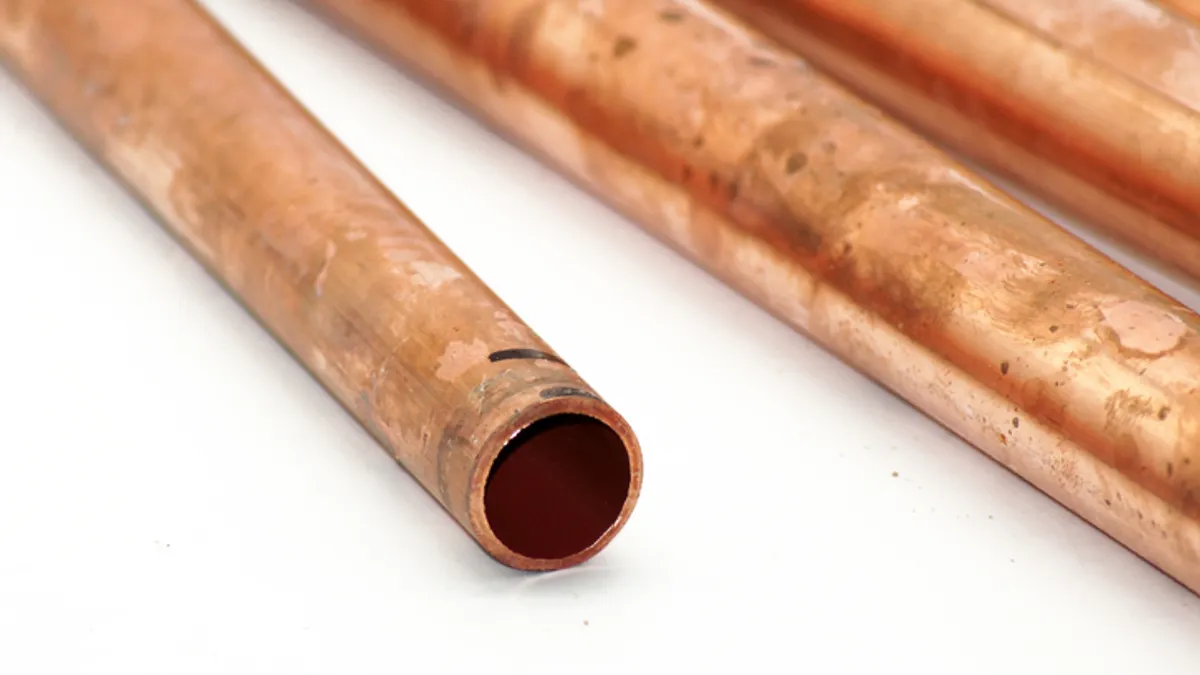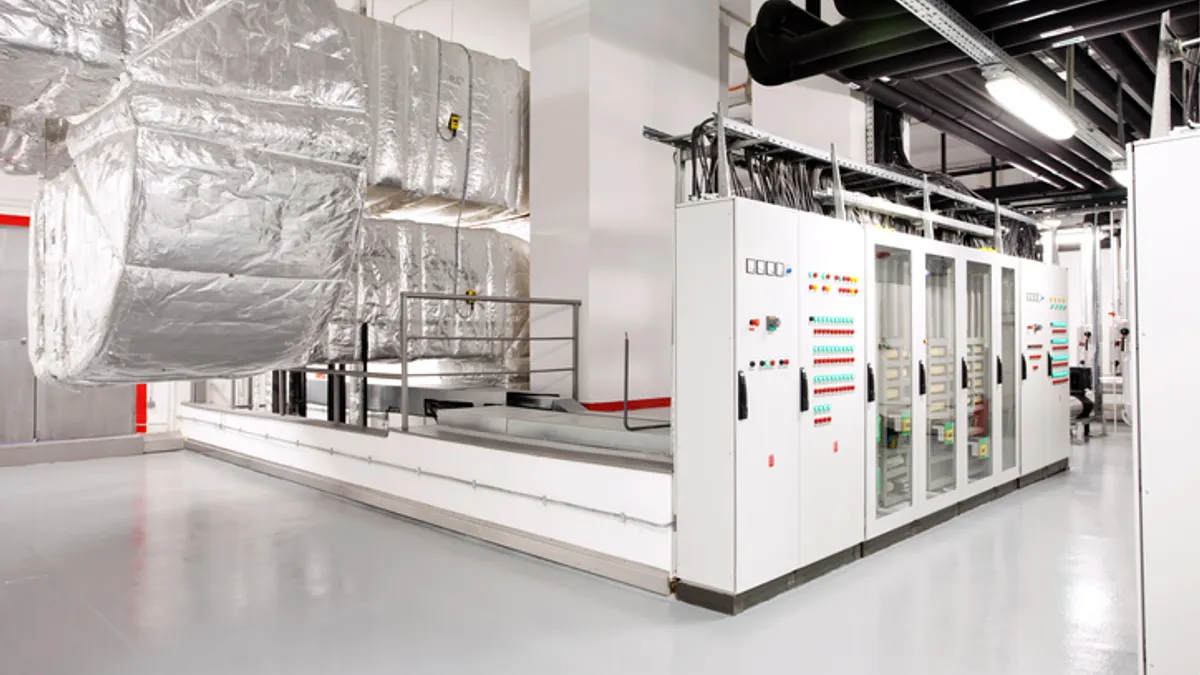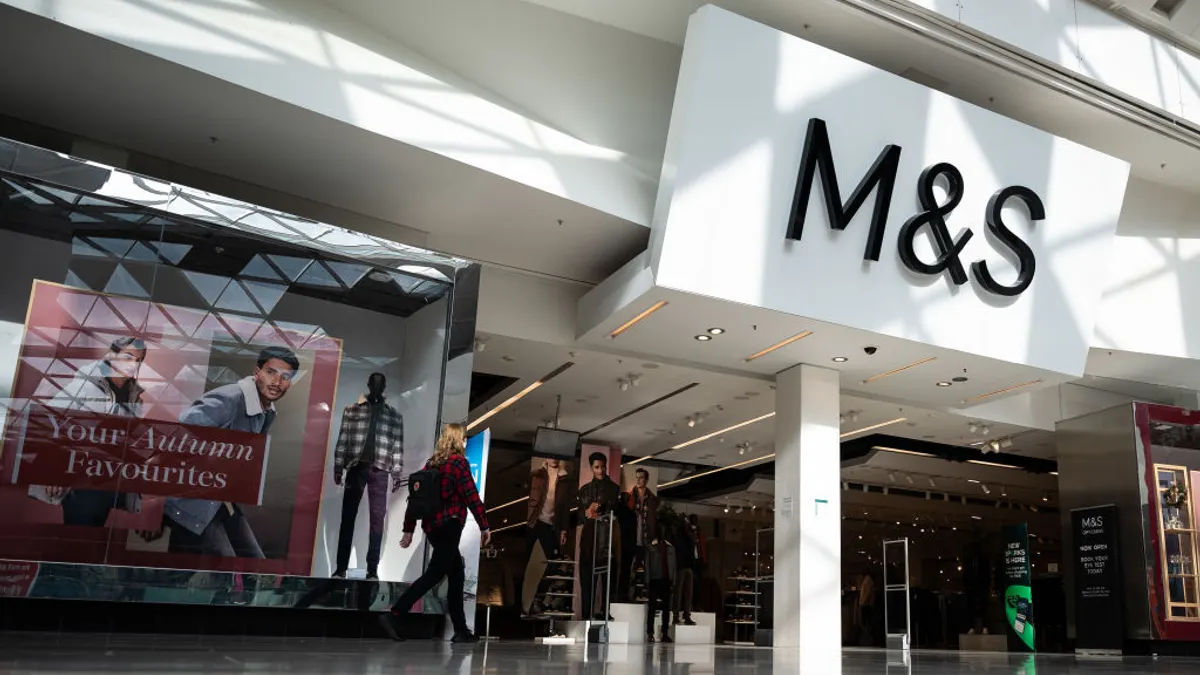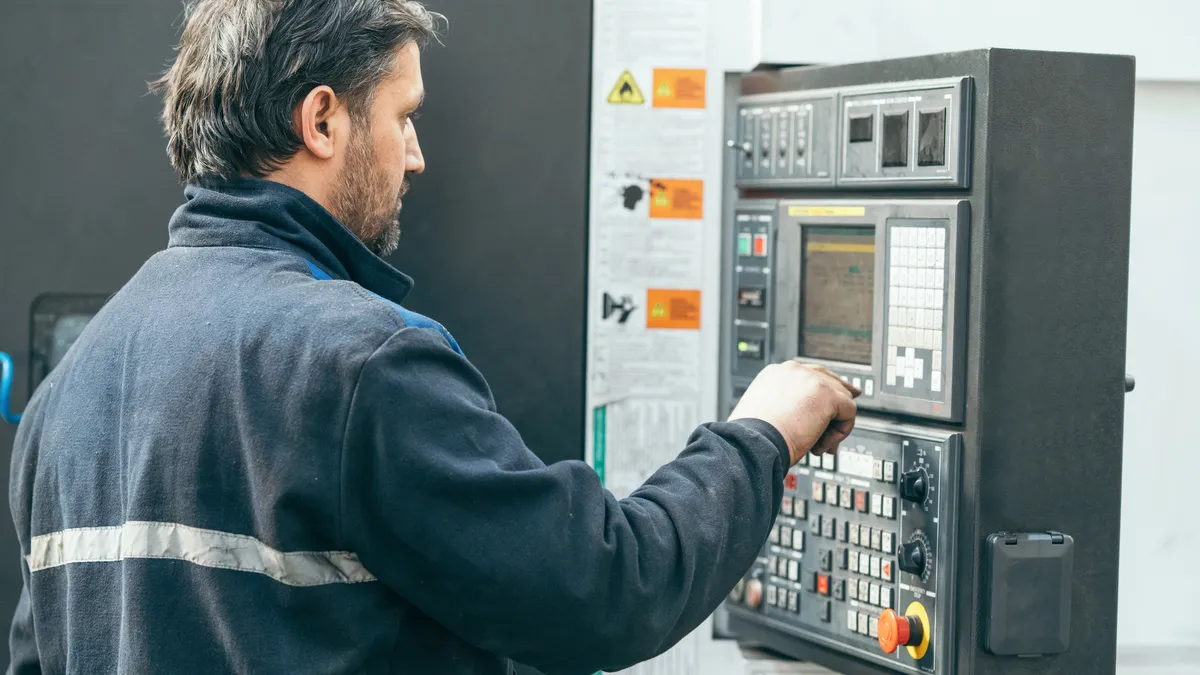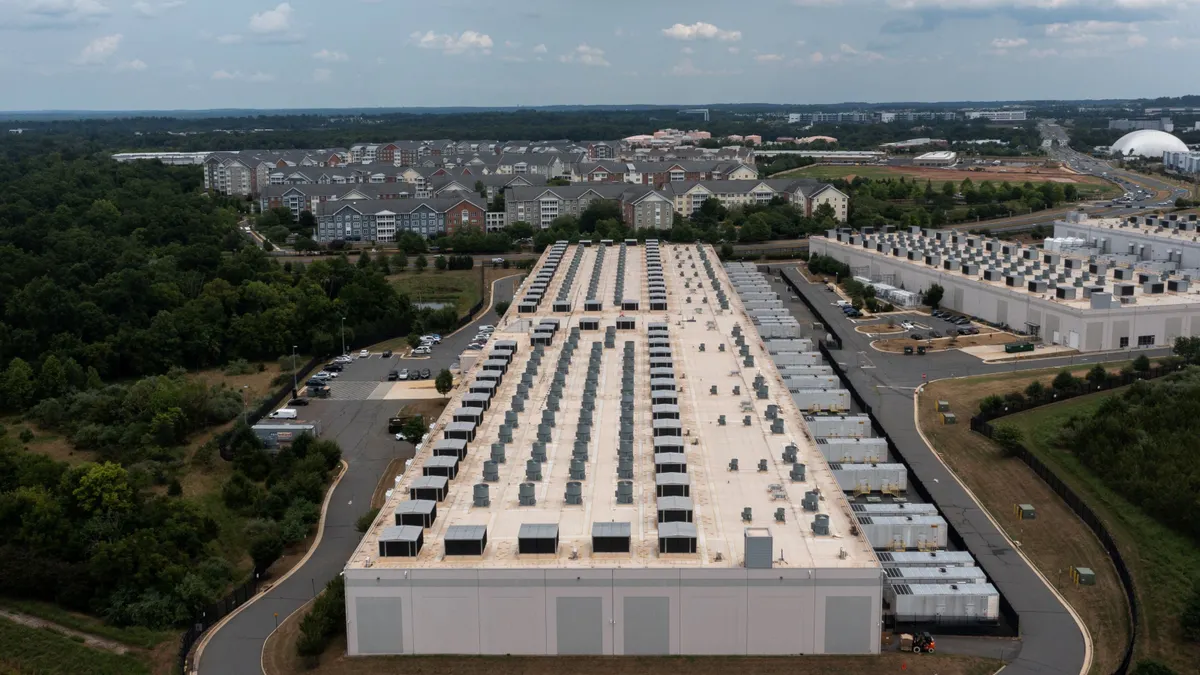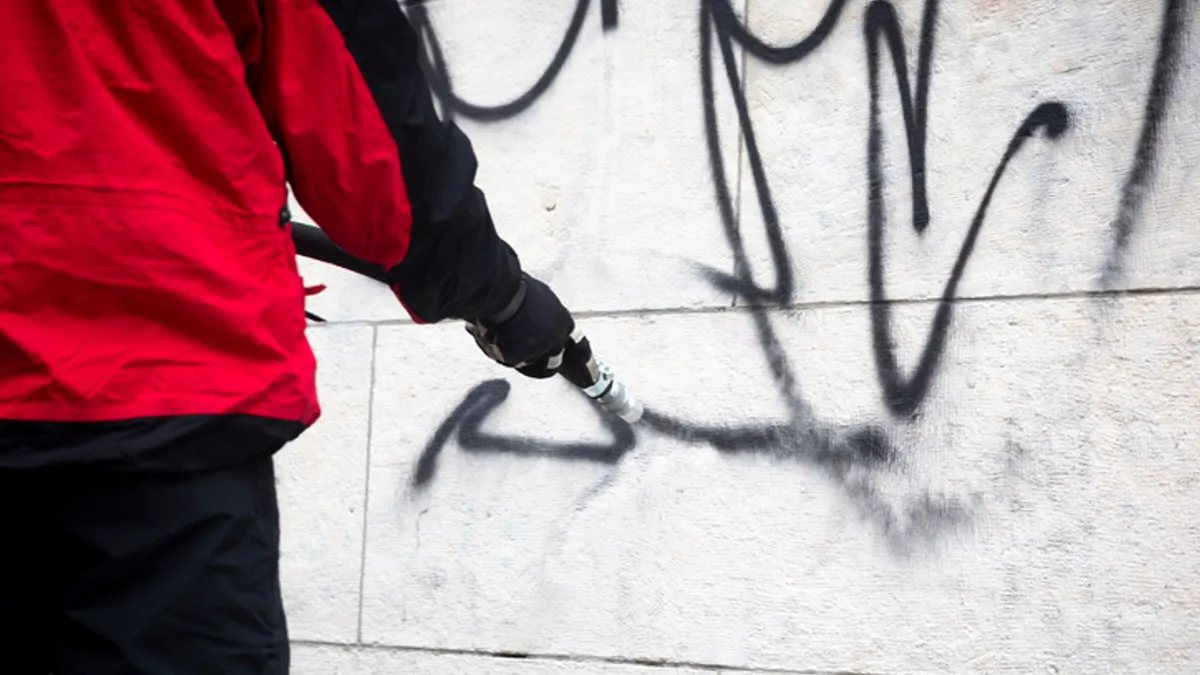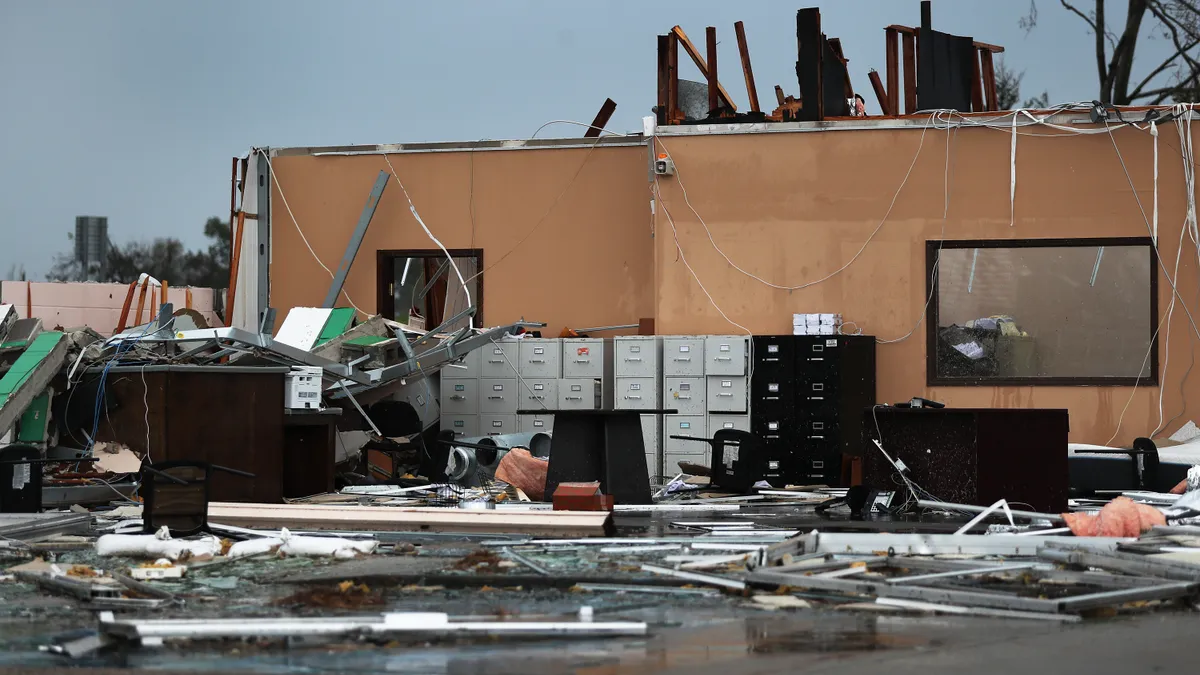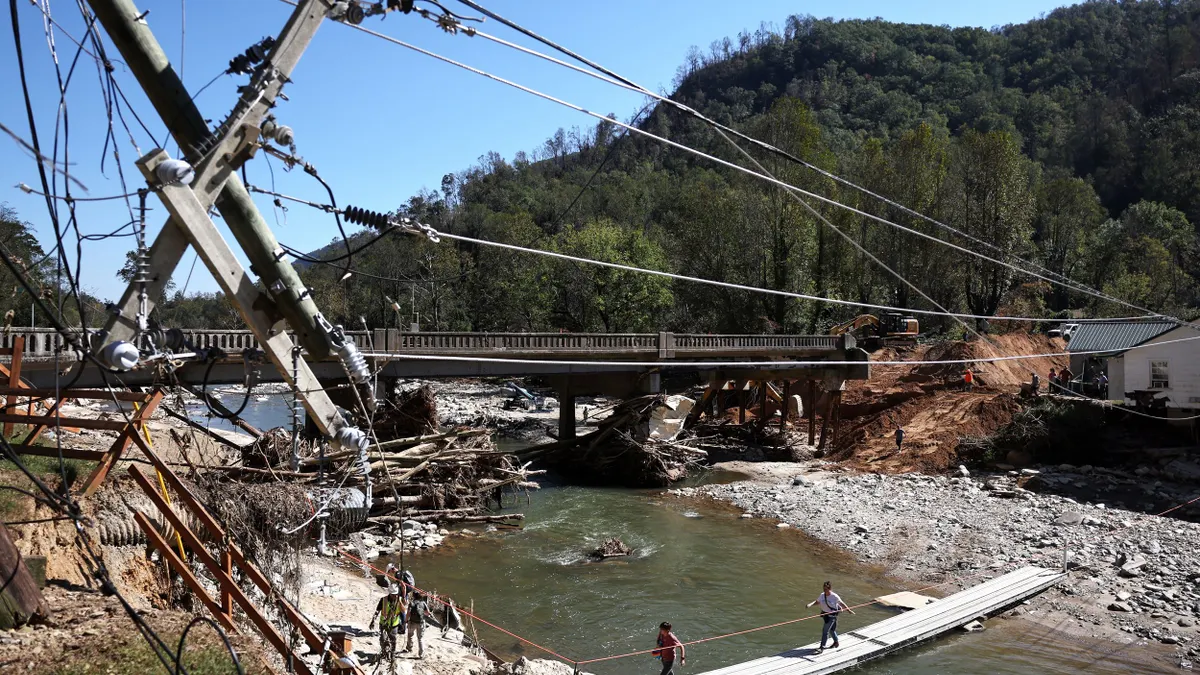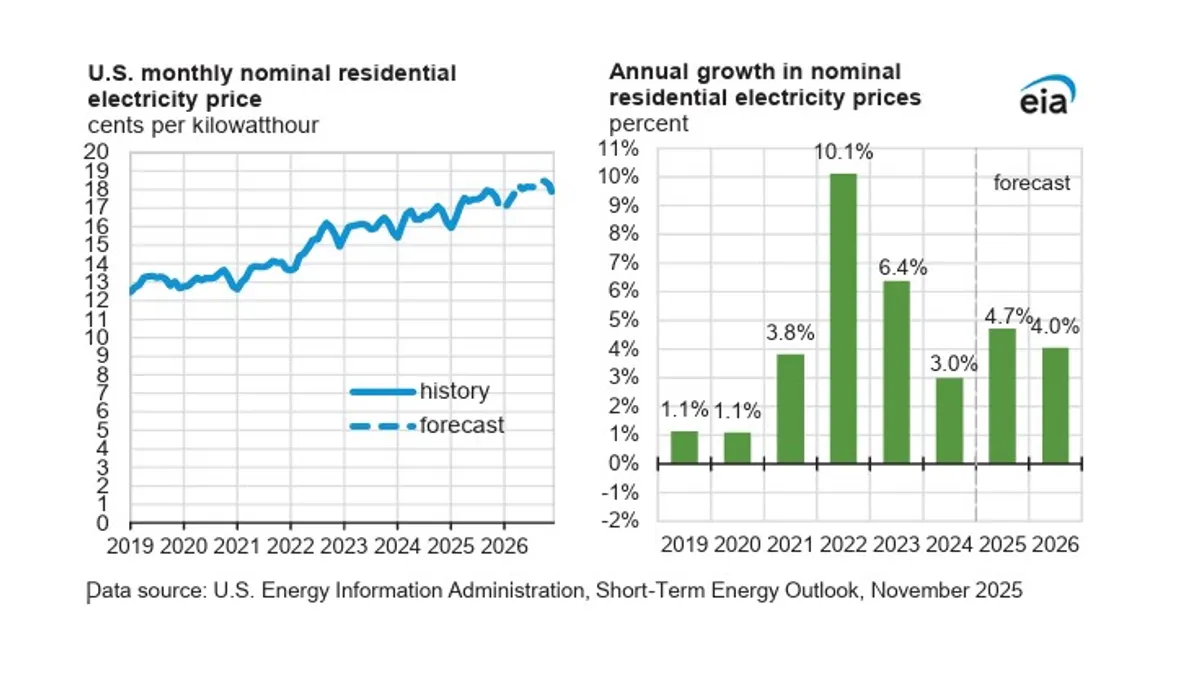When police in early July said $1 million in HVAC systems had been stolen from buildings in Las Cruces, New Mexico, most likely for access to their copper coils and pipes, it was another sign of the surge in metal thefts that building operators have been wrestling with since the beginning of the year.
“Criminals increasingly have been targeting copper because of rising demand for the metal in fast-growing sectors of the economy such as renewable energy and data centers,” a Wall Street Journal report says.
Copper surged to more than $5.60 a pound, a record, in early July after President Donald Trump said his administration plans to impose a 50% tariff on copper imports later this summer. That put the metal up more than 35% this year, the Journal reported.
Last year, there were almost 4,000 thefts from logistics operations involving copper in the U.S. and Canada, and that number is on track to go higher this year, the Journal reported based on data tracked by Verisk NetCargo, a risk management company.
Wire and other copper thefts in buildings have gotten so bad in some localities that lawmakers are passing, or have under consideration, laws to make it harder for people to offload copper to scrap dealers.
In Denver, lawmakers in May introduced a bill that would make it illegal for scrap dealers to pay cash for copper and require them to keep detailed records of who sold them the copper and where the sellers got it from. The city saw nearly 500 reported cases of scrap metal theft in 2024, Denverite reported.
“What we are doing is targeting the underground economy that incentivizes theft of high-value materials, especially copper,” Flor Alvidrez, a Denver city council member, said when introducing the bill.
In Minnesota, copper sellers have been required since the start of the year to prove to buyers they’re licensed as recyclers. St. Paul has since seen a drop in vandalism related to copper, according to an MPR News report.
“What we’ve seen is a drop of about 50% in complaints about copper wire theft,” said St. Paul Public Works Director Sean Kershaw, according to the report.
Vacant facilities are a vulnerable target, news reports show. In Beaumont, Texas, two suspects are accused of raiding an empty historic building last month for its copper and other metals after a maintenance person alerted police when he found bits of copper wire in the building and wire cutting tools, NBC 12 News reported.
“Police conducted a floor-by-floor search of the building and found ‘a significant amount of cut copper and burglary tools staged throughout the stairwells,’" NBC 12 News reported based on a police statement.
In California, where about a third of all reported copper theft incidents in the United States during the second half of 2024 were reported, the problem is exacerbated by lax enforcement, Los Angeles County Sheriff Robert Luna said in June.
“When you have a property theft with current law, really nothing happens to people,” Luna said during a roundtable discussion, NBC 4 Los Angeles reported. “The lack of accountability, if it’s perceived or real, when it comes to theft, it isn’t there.”
Earlier this year, a California Department of Motor Vehicles office in Oakland was closed after copper wire thefts shut down the HVAC system and exterior lights.
“Workers … noticed a water pipe in the ceiling was leaking, which flooded the office,” CBS News reported. “An investigation revealed wiring was stolen.”
One way building operators might curb theft risk is setting a demarcation line outside a property so that anyone who’s caught on security cameras loitering near the line can be flagged, Michael Evanoff, chief security officer of cloud-based security company Verkada, told Facilities Dive last week.
“Loitering is a precursor to sometimes a bad situation,” he said.
Verkada uses AI-assisted cameras to provide facility managers a phone alert if someone’s loitering in areas designated as watch areas in the security system or if they catch the sound of broken glass.
“Proactive alerts allow facility managers to separate real threats from false alarms and respond in real time,” he said.


